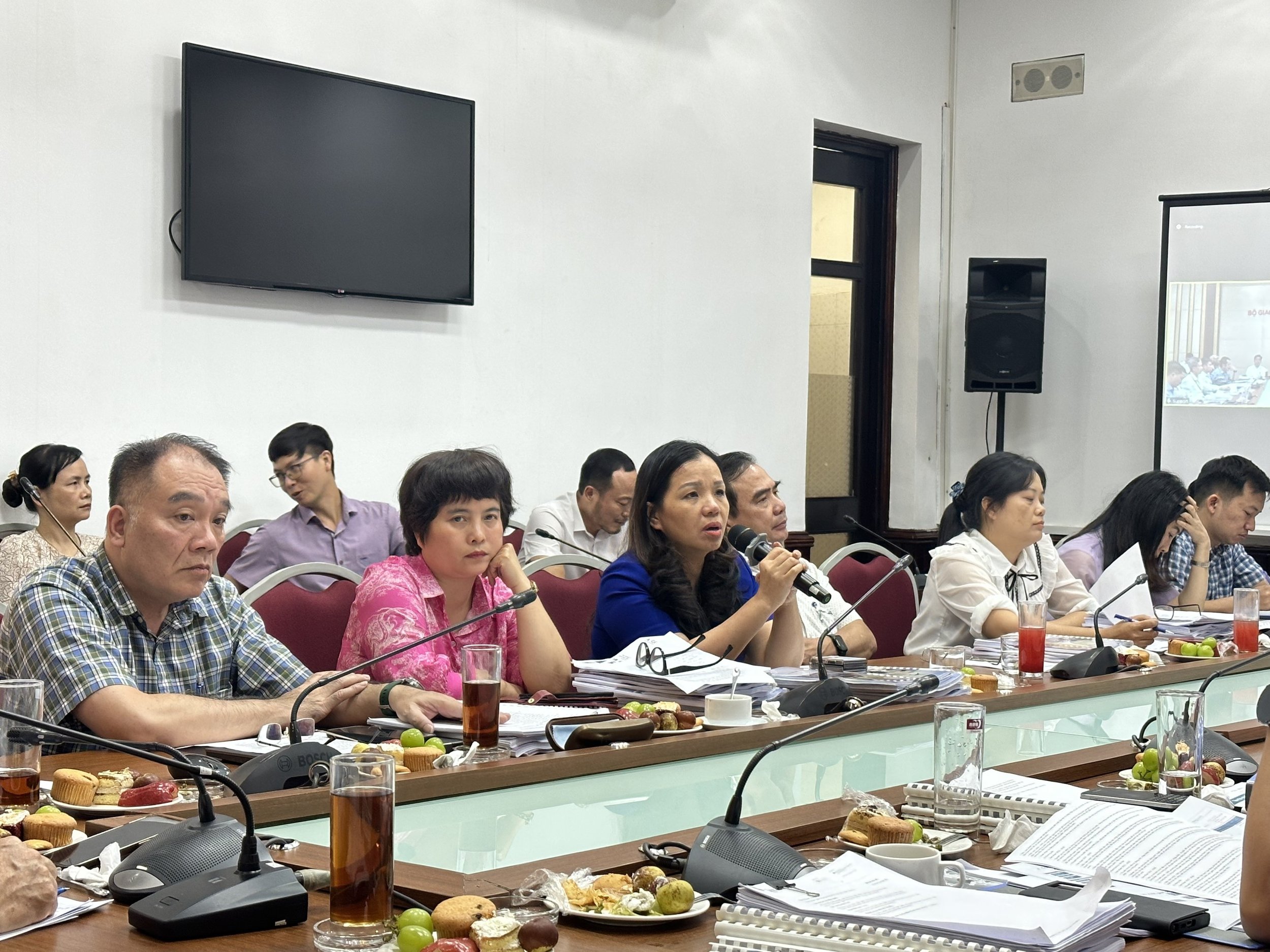Mapping the Path to Net-Zero: Developing and Analysing Scenarios for Greenhouse Gas Emissions Mitigation in Transport to 2050






Hanoi, Viet Nam – In a bid to tackle the pressing issue of greenhouse gas emissions and chart a course towards achieving net-zero emissions in the transport sector by 2050, a high-level technical meeting was held on November 3, 2023, titled "Developing and Analyzing Scenarios for Greenhouse Gas Emissions Mitigation in Transport to 2050 towards Net-Zero Emission". The meeting was led by Deputy Minister of Transport, H.E. Le Anh Tuan, and served as a pivotal platform for profound discussions and consultations aimed at addressing the critical issue of reducing greenhouse gas emissions in the transport sector, paving the way for a sustainable future, toward to net-zero emissions target.
The technical meeting brought together esteemed Government leaders, policymakers from the Ministry of Transport, as well as various institutes, departments, and universities. International experts also joined the gathering to discuss and devise strategies for reducing greenhouse gas emissions from the transport sector.
The primary objective of the meeting was to report and explore a wide range of scenarios and initiatives. These encompassed topics such as Business-as-Usual (BAU) emission scenario development, GHG mitigation measures for mitigation scenarios, vehicle fleet forecasting up to 2050, and trends of mechanisms, policies, and technologies both domestically and internationally to achieve net-zero transport emissions by 2050.
The meeting featured an intensive agenda, with four critical reports and consultations focused on greenhouse gas emissions mitigation in the transport sector:
Report 1: BAU Development Scenario to 2050 and forecast vehicle fleet up to 2050
The report laid the foundation for predicting transport demands and vehicle fleets up to the year 2050. Utilizing socio-economic indicators such as population growth and GDP growth, it offered a standard development scenario, including methodologies for calculation and data synthesis, to anticipate future transport needs and the resulting emissions under a Business-as-Usual scenario without further mitigation measures.
Report 2: Developing BAU Emissions Scenarios
The second report expanded upon the existing BAU emissions scenarios outlined in Viet Nam's National Determined Contributions (NDC) up to 2030 and initiated the development of scenarios that extend to 2050. This effort aimed to leverage international experience in shaping the trajectory of Viet Nam's emissions beyond 2030, a critical period for global climate goals.
Report 3: Domestic and International Trends in Emission Reduction Mechanisms
This analytical report compared domestic and international trends in policy, technology, and strategic approaches to reducing greenhouse gas emissions in the transport sector. Highlighting best practices from around the world, including the European Union, the United Kingdom, South Korea, and Japan, it provided a catalog of innovative technologies and policies that could aid Viet Nam in achieving its emission reduction targets.
Report 4: Proposing Mitigation Measures and Scenarios
The last report, titled "Proposing Mitigation Measures and Scenarios to Reduce GHG Emissions towards Net-Zero in Transport by 2050," was of utmost importance to the conference's goals. It emphasized the creation of two GHG emission mitigation scenarios: one to be implemented by domestic efforts and the other aiming to achieve net-zero emissions by 2050 with international support.
In his closing remarks, the Vice Minister of Transport H.E. Le Anh Tuan reiterated the significance of these reports and consultations and to steer the transport sector towards achieving net-zero emissions by 2050. He stated, "The presented reports would serve as vital tools for policy development and sustainable decision-making toward net-zero emission in the transport sector".
“The presented reports would serve as vital tools for policy development and sustainable decision-making toward net-zero emission in the transport sector.”
This high-level technical meeting signifies a momentous step in Viet Nam's efforts to confront climate change and transition towards a greener transport sector. The strategies and insights discussed are expected to have a significant impact on national policy and contribute to the broader global movement towards a more sustainable future, emphasizing the importance of international cooperation and innovative approaches in the battle against greenhouse gas emissions.
Author: Hang Nguyen
